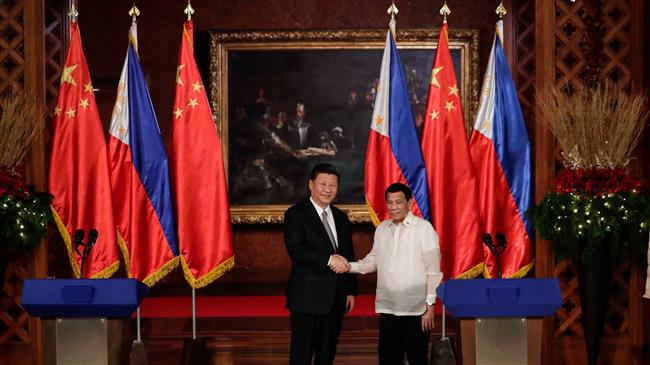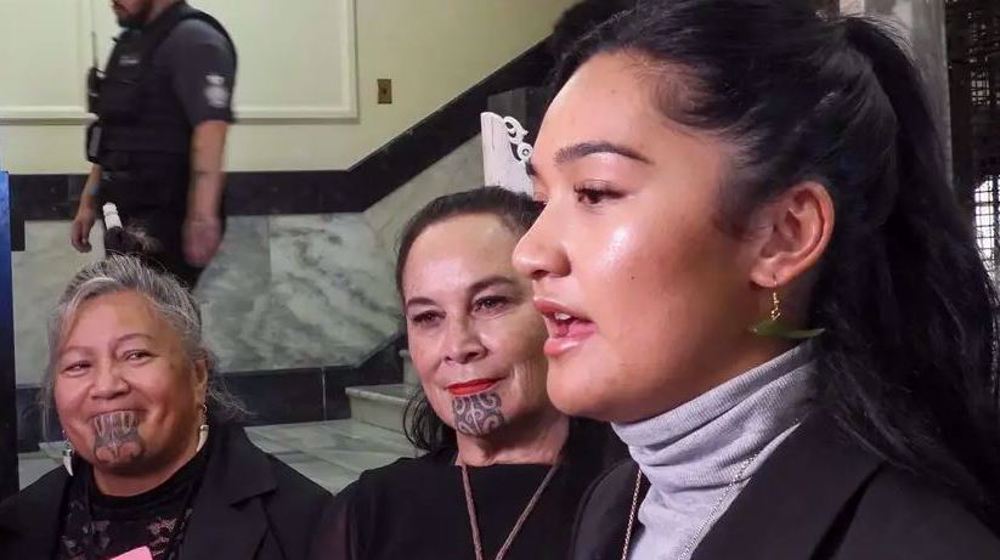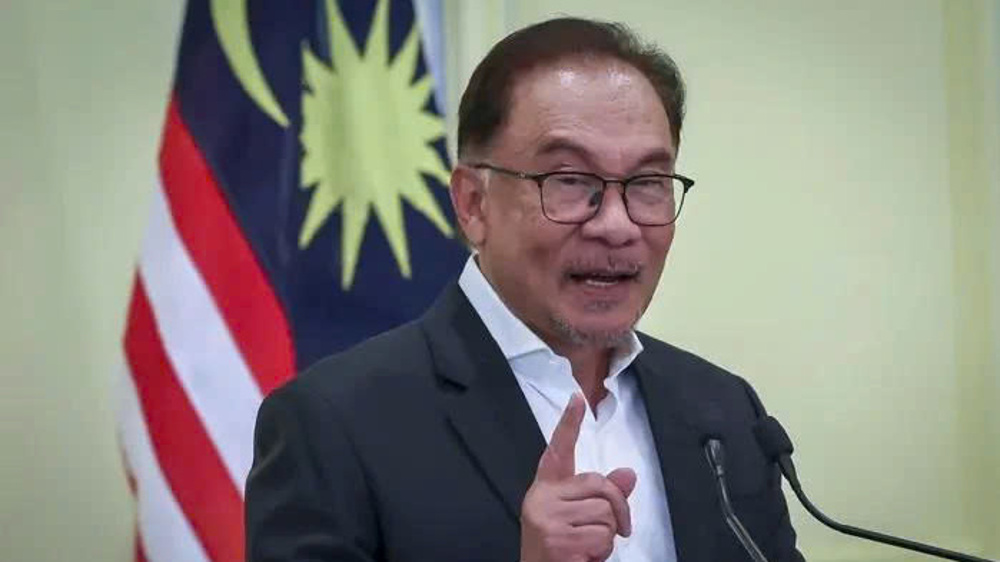China president arrives in Philippines in attempt to cozy up to US ally
Amid competition between Beijing and Washington for supremacy in the strategic Pacific region, Chinese President Xi Jinping has said he just had a "milestone" visit to the Philippines, a long-time ally of the United States.
The Chinese leader visited the Philippines on Tuesday to further strategic gains made under President Rodrigo Duterte. Xi landed in Manila to a red-carpet welcome at the airport for the first state visit from a Chinese president in 13 years.
"My visit will be a milestone in the history of exchange between our two counties."
The heads of the two states oversaw 29 agreements, many of which broad or vague, from cooperating in education, culture and industrial park development to jointly promoting infrastructure, agriculture cooperatives and establishing sanitation protocols for shipping coconuts.
Duterte said there was “a deepening trust and confidence” between the two sides. He said increasing trade and investment was also discussed. “With mutual respect, sincerity and adherence to sovereign equality, I will continue to work closely with President Xi.”
"For the Philippines, this is more than a reciprocal visit. It is an historic occasion," President Duterte said, referring to his visit to Beijing in 2016.
China has disbursed tens of billions of dollars in loans since 2013 as it counters the American hegemony across Asia. Beijing has promised $24 billion in investment and infrastructure loans that the developing nation of 105 million people deeply needs.
Chinese investments in the Philippines surged more than five-fold in the first six months of the year after a 67-percent expansion last year, Foreign Minister Wang Yi said during a Manila visit last month. Two-way trade also topped 10 percent over both periods, he added.
The Tuesday visit also shows Duterte's efforts to engage China as he moves away from the US. Duterte declared shortly after his election in 2016 his nation's "separation" from former colonial master the US.
Both sides were ready to move on from a bitter row over islands in the South China Sea.
Beijing has repeatedly asserted its sovereignty over nearly all of the South China Sea, which serves as a crossing for more that $5 trillion worth of maritime trade annually. The sea is also claimed in part by the Philippines, Brunei, Vietnam, Malaysia and Taiwan.
The US has been taking sides with several of China’s neighbors in their territorial disputes in the busy sea, and stepped up its military presence in the South China Sea under the pretext of freedom of navigation operations in international waters.
China calls the US military presence in the region an instance of meddling. Beijing's deployment of defensive facilities in the region is believed to be partly motivated by the US military buildup.
VIDEO | 85% of Yemeni displaced people face daily hunger crisis
US House passes bill targeting charities and pro-Palestine groups
VIDEO | Supporting Gaza genocide
Hezbollah attacks Israeli forces after Lebanese homes blown up
World leaders, states hail ICC arrest warrants for Netanyahu, Gallant
MP: US accountable for possible Israeli 'foolishness' to attack Iraq
VIDEO | Israeli policies strangle Palestinian agriculture, economy
Iran's president offers condolences to Pakistan over terrorist attack













 This makes it easy to access the Press TV website
This makes it easy to access the Press TV website